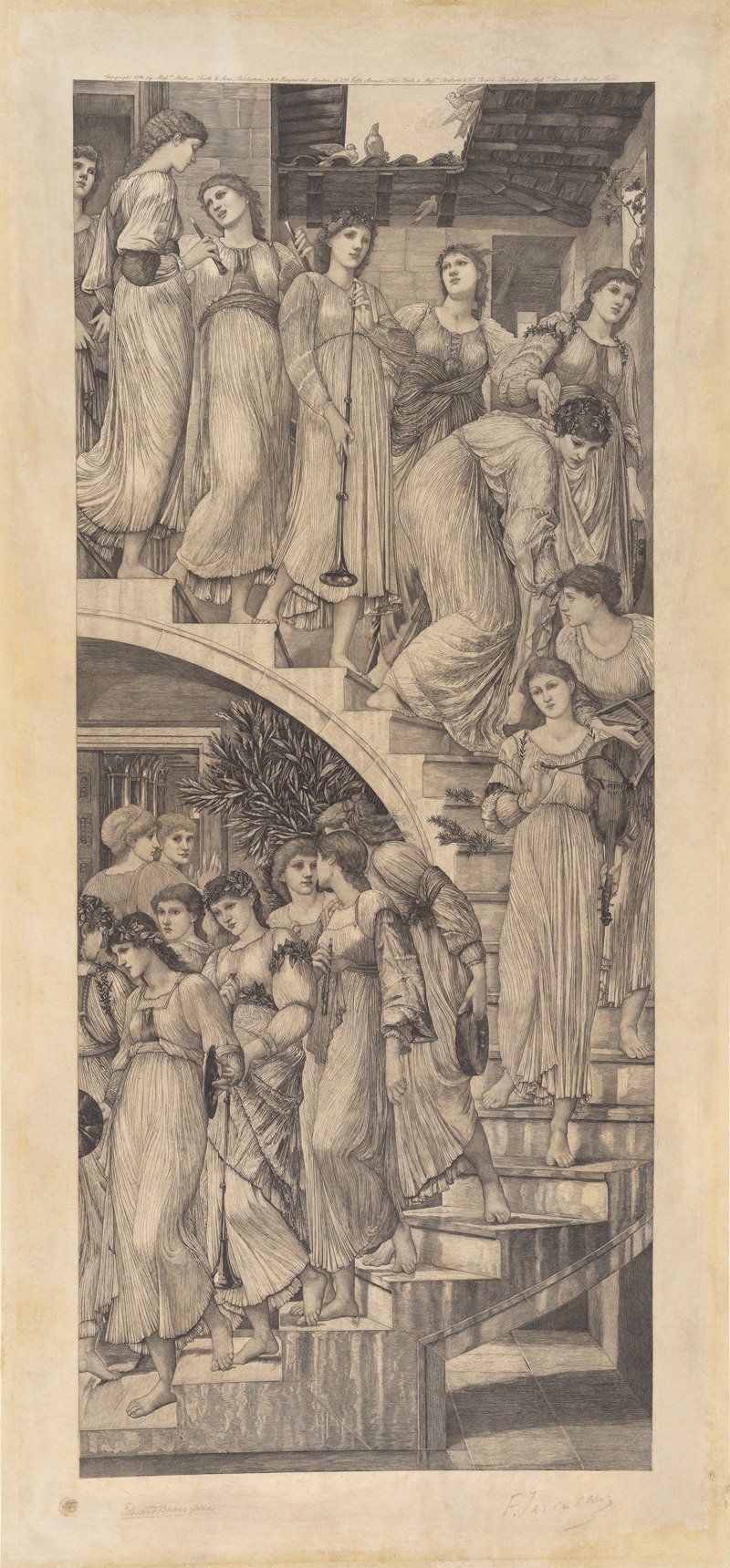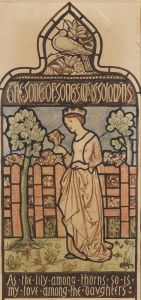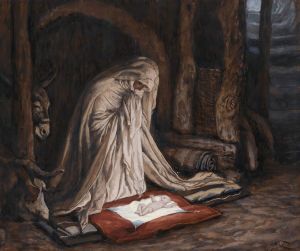
The Golden Stairs
A hand-painted replica of Sir Edward Coley Burne-Jones’s masterpiece The Golden Stairs, meticulously crafted by professional artists to capture the true essence of the original. Each piece is created with museum-quality canvas and rare mineral pigments, carefully painted by experienced artists with delicate brushstrokes and rich, layered colors to perfectly recreate the texture of the original artwork. Unlike machine-printed reproductions, this hand-painted version brings the painting to life, infused with the artist’s emotions and skill in every stroke. Whether for personal collection or home decoration, it instantly elevates the artistic atmosphere of any space.
"The Golden Stairs" is a painting by the British artist Sir Edward Coley Burne-Jones, completed in 1880. This artwork is a quintessential example of the Pre-Raphaelite movement, which sought to return to the detail, intense colors, and complex compositions of Quattrocento Italian art. Burne-Jones, a leading figure in this movement, was known for his romantic and mythological subjects, and "The Golden Stairs" is a testament to his unique style and vision.
The painting depicts a procession of eighteen young women descending a spiral staircase. Each figure is dressed in flowing, classical robes, and they carry various musical instruments, including horns, tambourines, and lyres. The women are arranged in a harmonious and rhythmic sequence, creating a sense of movement and continuity. The staircase itself is depicted in a golden hue, which gives the painting its name and adds to the ethereal and dreamlike quality of the scene.
"The Golden Stairs" is notable for its lack of a specific narrative or identifiable subject matter, which was somewhat unusual for the time. Instead, the painting is often interpreted as an allegory of music or a representation of an idealized, harmonious world. The absence of a clear story allows viewers to engage with the painting on a purely aesthetic level, appreciating the beauty of the composition, the elegance of the figures, and the subtle interplay of light and shadow.
Burne-Jones's meticulous attention to detail is evident in the intricate patterns of the women's garments and the delicate rendering of their features. The artist's use of color is also significant, with a palette dominated by soft, muted tones that enhance the painting's serene and otherworldly atmosphere. The golden staircase itself serves as a central motif, symbolizing a journey or ascent, and its spiral form adds a dynamic element to the composition.
The painting was first exhibited at the Grosvenor Gallery in London in 1880, where it was met with critical acclaim. It was praised for its beauty and technical skill, and it solidified Burne-Jones's reputation as a leading artist of his time. Today, "The Golden Stairs" is housed in the Tate Britain in London, where it continues to be admired by art enthusiasts and scholars alike.
Burne-Jones's work, including "The Golden Stairs," had a significant influence on the development of the Symbolist movement and the Aesthetic movement, both of which emphasized the importance of beauty and the emotional power of art. His paintings often evoke a sense of nostalgia and longing, and they reflect his interest in themes of mythology, fantasy, and the idealized past.
In summary, "The Golden Stairs" is a masterful example of Edward Burne-Jones's artistic vision and technical prowess. Its timeless beauty and enigmatic subject matter continue to captivate audiences, making it a significant work in the history of British art.

















